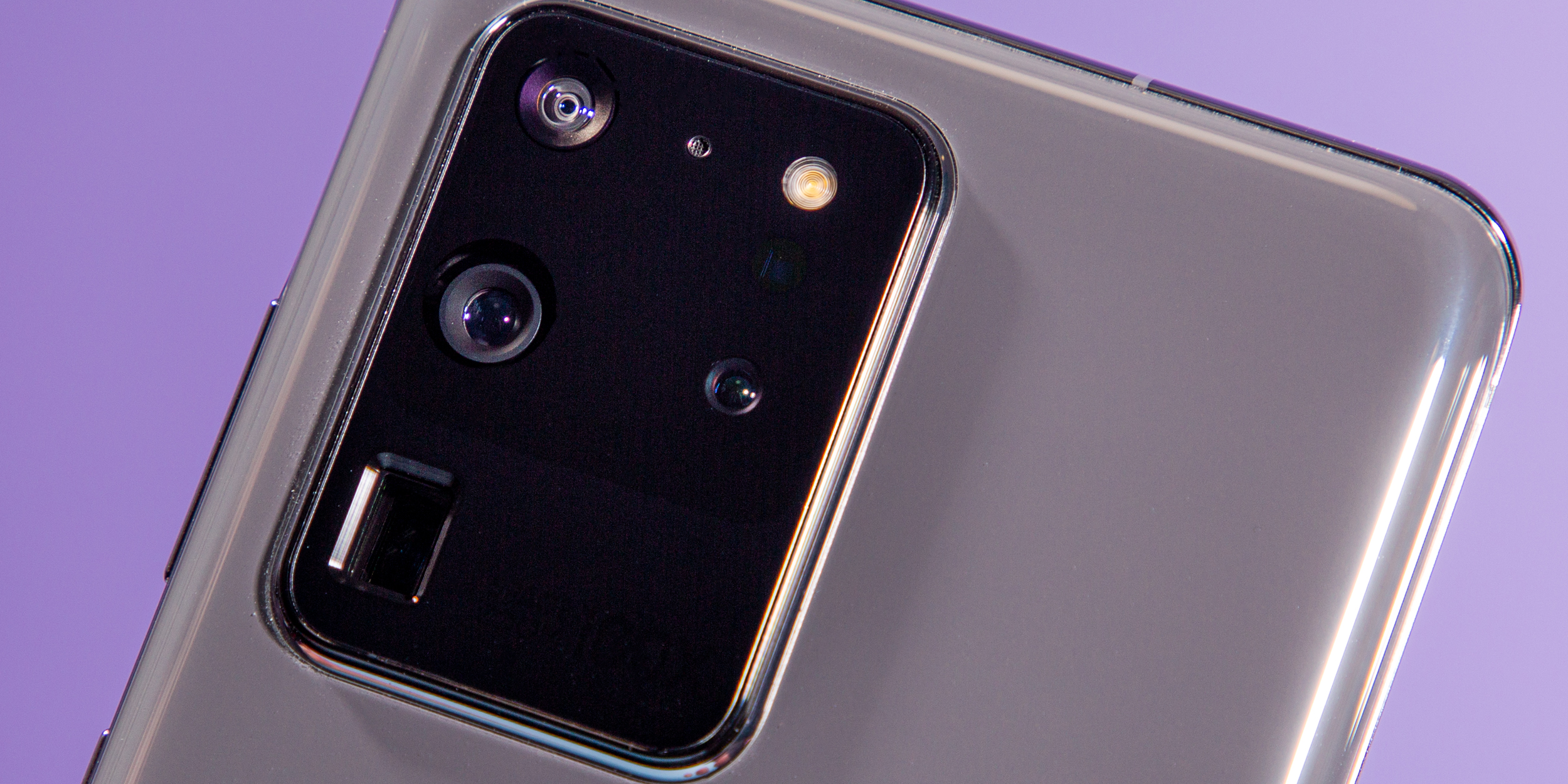- I’ve spent a little over a week with the Galaxy S20 Ultra, and I love this phone. At the same time, I better love this phone, considering its $1,400 price tag.
- I’ve loved its large screen, great battery life, fast charger, and excellent camera.
- I wish Samsung offered the Galaxy S20 Ultra in more colors, and more than anything, that it didn’t cost $1,400.
- The 100x zoom that can be achieved with the Galaxy S20 Ultra is a bad gimmick, and no one should buy it for that feature.
- The fast 5G networks are currently sparse, and the slower long-range 5G hasn’t offered much more over 4G LTE so far – upgrading to the Galaxy S20 Ultra for 5G will ultimately lead to disappointment.
- Visit Business Insider’s homepage for more stories.
I’ve been using the Samsung Galaxy S20 Ultra for a little over a week, and I’ve been loving it!
Of course I’ve been loving it – it’s a $1,400 smartphone. For that price, I better have been loving it.
Considering Samsung’s pedigree for making great smartphones, it’s no surprise the company has made a truly powerful, gorgeous, insanely feature-packed smartphone. But I have to pinch myself back to reality and remember that I didn’t pay for this $1,400 thing, and I’m not entirely sure you should, either.
Check out things I liked and disliked about Samsung’s Galaxy S20 Ultra:
Starting off with the things I liked: The screen beats almost every other smartphone out there.
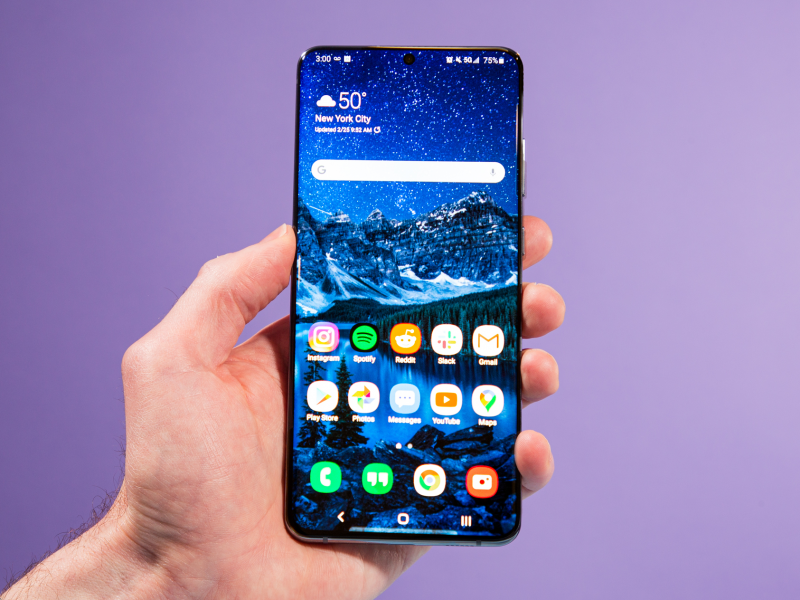
No surprises here - Samsung's smartphone screens tend to be the best in the business, and the Galaxy S20 Ultra carries on that tradition.
Combined with Samsung's AMOLED display, the sheer 6.9-inch size of the screen on the Galaxy S20 Ultra makes anything and everything look superb.
Sprinkle on the 120Hz option on the Galaxy S20 Ultra, and you have yourself an undisputed winner. The phone glides through the Android operating system and apps effortlessly due to the higher refresh rate, and it looks and feels better than any previous Samsung Galaxy phone, or any other phone with standard 60Hz screens.
The 120Hz screen on its own isn't a reason to upgrade from a recent phone - there's no particular rush to experience it, and it's not going anywhere. But the point is that Samsung has set a very high bar. When you do upgrade to a new smartphone - and assuming you usually get premium flagships - get a phone with a high refresh rate screen.
A couple of things to note here:
- All of Samsung's Galaxy S20 phones have 120Hz refresh rate screen, so you don't necessarily have to buy the $1,400 S20 Ultra to get the experience.
- The 120Hz option is only available when the screen is set to its FHD 1080p resolution, not its full-fat WQHD 1440p resolution. WQHD is sharper than FHD, but in all honesty, I never longed for a sharper resolution while using the phone at FHD, and the 120Hz refresh rate is so good that it makes up for any loss of sharpness.
The battery life on the Galaxy S20 Ultra has been excellent.
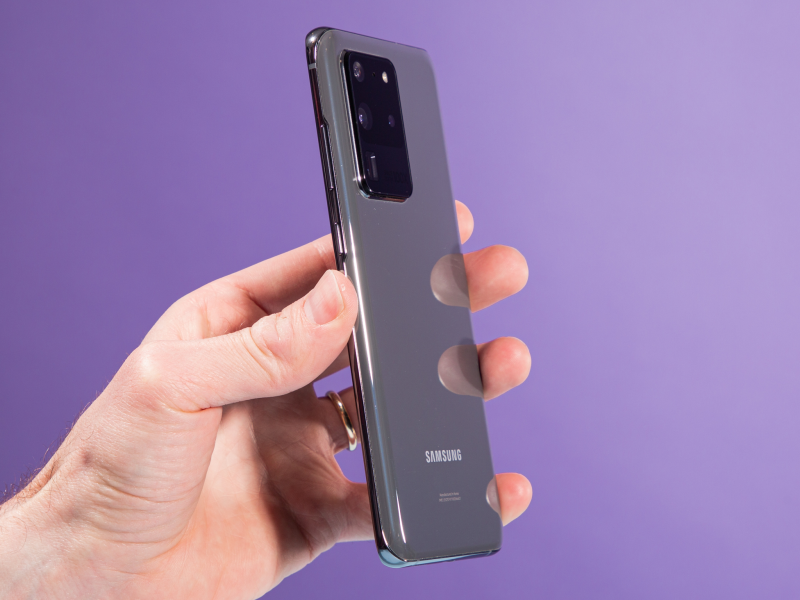
A big screen means a big phone, which often means a big battery. Indeed, the 5,000mAh battery in the Galaxy S20 Ultra is among the largest in any smartphone, and battery life does not disappoint.
Samsung or any other company hasn't yet reinvented the battery, so you'll still be charging the phone every day, or every day and a half. But I never got the sense that the battery was draining too quickly, and I was confident that the battery would easily last me the entire day. By the end of the day, I would have about 45% battery life remaining.
For reference, screen-on-time ranged between three hours and four-and-a-half hours during my time with the Galaxy S20 Ultra. I also use the mobile hotspot on most days for about an hour, stream YouTube videos for at least an hour, taking photos, streaming music, browsing the web and social media, and anything else the average person would do with their phone, like getting directions (driving directions, included) in Google Maps and so on.
The Galaxy S20 Ultra comes with a very fast charger.
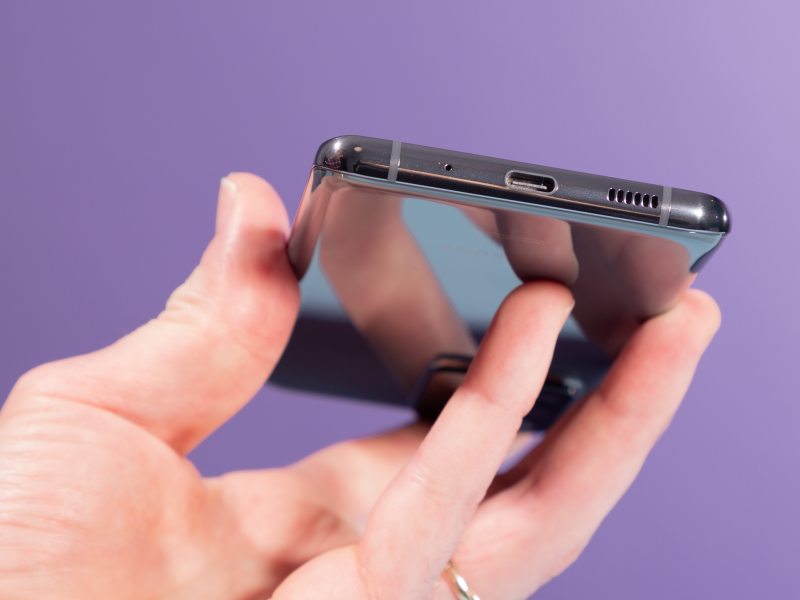
Big batteries also often come with longer charging times, so I was pleased to find that Samsung included its fast 25W charger with the Galaxy S20 Ultra. With that said, the S20 Ultra supports Samsung's 45W charger, and the phone really should have come with that charger instead, especially if you're paying $1,400.
Still, the 25W charger makes quick work of charging, which is especially appreciated when you don't have much time to charge the phone. And even if you don't get it to 100%, the charger is fast enough that it gives the phone a big battery boost, and gives the confidence the phone will last until the next charging opportunity.
The narrow bezels and punch-hole selfie camera design make for a beautiful all-screen experience.
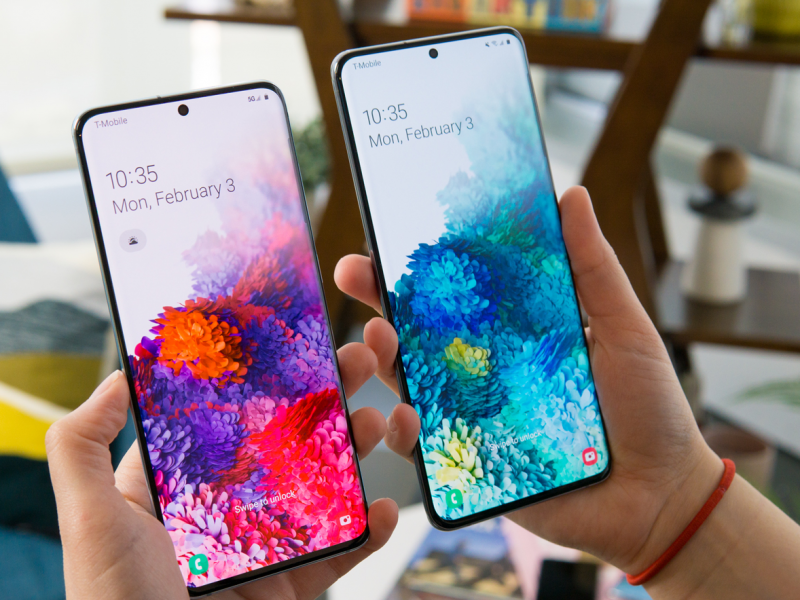
Nothing suggests modern, sleek, and premium like narrow screen bezels, and the Galaxy S20 has some of the narrowest bezels you can find on a smartphone. Combined with the no-notch punch-hole selfie camera design and the light curvature of the screen's edges, and you have one of the sleekest devices in your hands.
The Galaxy S20 Ultra's camera takes stunning photos.

Thanks to Google and LG's latest devices that only have two cameras that actually capture a photo, Samsung's Galaxy S20 Ultra and its triple-lens camera system shines brighter than almost any other smartphone right now.
Having used the Google Pixel 4XL for months, which comes with a regular camera and a zoomed lens, the versatility of the Galaxy S20 Ultra's cameras that includes a regular, zoomed, and ultra-wide-angle camera have been incredibly refreshing, especially with its ultra-wide-angle lens.
A personal side-note: As usual, Samsung's cameras take great photos, but they typically have an overly processed look for my taste. Samsung is still trying too hard to make your photos look good, and the effort often backfires. I've found that the Galaxy S20 Ultra can add too much brightness to a photo, and it can remove a photo's depth as a result of brightening up shady areas and shadows. And colors can look overly saturated, too. But for the most part, I'm pleased with the photos.
The 108-megapixel camera captures a stunning amount of detail compared to a standard 12-megapixel camera.
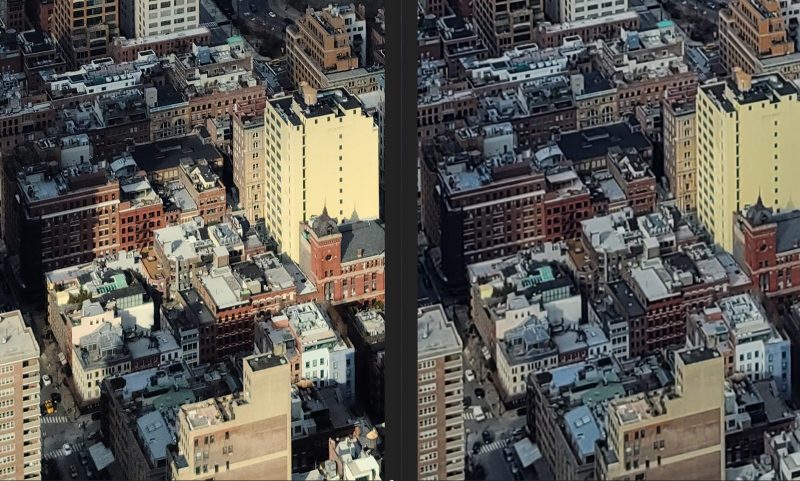
You can clearly see above that the photo on the left taken with the S20 Ultra's 108-megapixel camera is sharper and has more detail than the photo on the right, which was taken with the S20 Ultra's standard 12-megapixel mode.
More megapixels translates to more detail, and it's clear that the Galaxy S20 Ultra's 108-megapixel camera is working.
And for reference, here's the original photo:
Now for the things I don't like about the Galaxy S20 Ultra: It's a shame it's only available in gray or back.
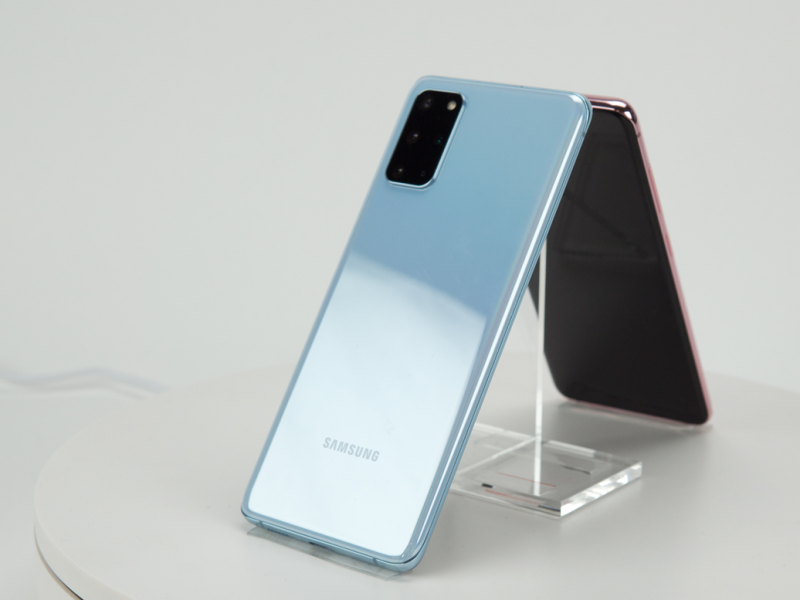
Samsung offers the Galaxy S20 and S20 Plus in blue (and pink exclusively for the smaller Galaxy S20), and it's too bad you don't get that option for the S20 Ultra.
The "cloud blue" option would look great on a phone with such a large, plain surface like the S20 Ultra's back. But you're stuck with either gray or black, which I find dull and uninspiring.
The 100x zoom is a bad gimmick.

I've taken several 100x zoom photos with the S20 Ultra, and I wouldn't show any of them to friends and family.
To be fair, it's a feat that a phone can zoom in to 100x, even if it's the inferior digital zoom compared to superior optical zoom. But the S20 Ultra's 100x zoomed photos are blurry and void of detail, and they look plain bad. Do not get this phone because of the 100x zoom.
With that said, the S20 Ultra has better zooming capabilities than its siblings, which means it can zoom further while maintaining enough detail. It can zoom up to 30x zoom and photos can still look decently presentable. Meanwhile, the zoom lens on the regular S20 and S20 Plus aren't as powerful, and you likely won't be able to zoom in as far as the Galaxy S20 Ultra and still have a presentable photo.
The fingerprint sensor is frustratingly bad at its one and only job.
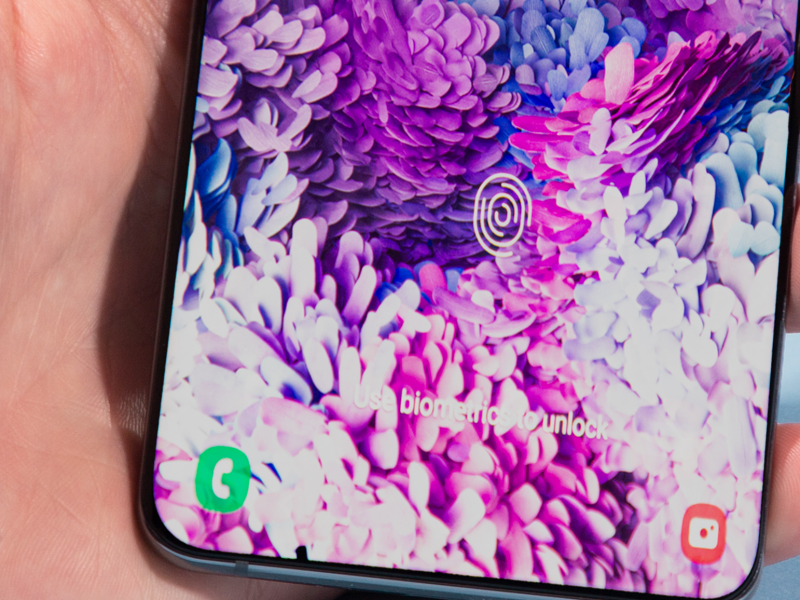
The Galaxy S20's in-display fingerprint sensor is plain bad. Sometimes it works on the first try, and other times it simply refuses to register my fingerprint until I'm forced to enter my PIN code to unlock the phone. Considering how often a person unlocks their smartphones during the day, the Galaxy S20's poor fingerprint-sensor experience is certainly worth considering.
If you plan on getting a Galaxy S20, don't rely on the fingerprint sensor, since it's the same on all models. Instead, I'd rely on facial recognition, which isn't ideal, as it's not as secure as the fingerprint sensor.
Samsung phones historically don't get big Android updates very quickly, and there's nothing to indicate that anything will be different with the Galaxy S20 Ultra.
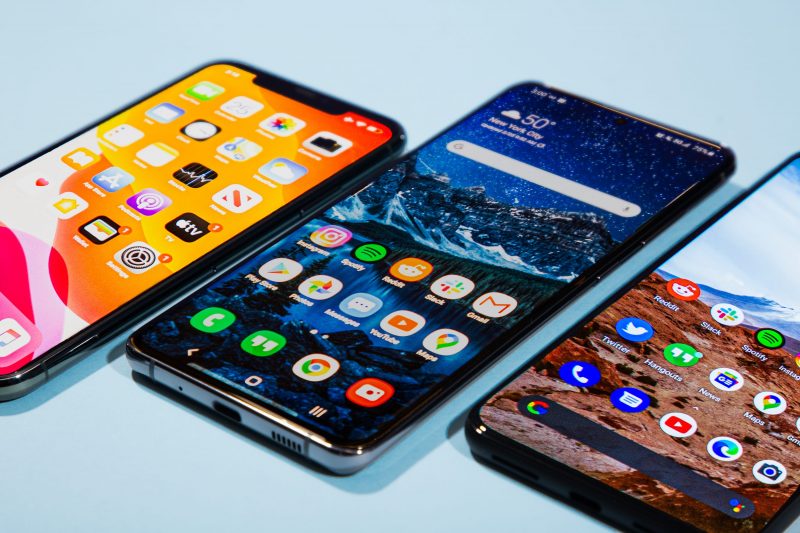
Samsung phones aren't the slowest when it comes to receiving big Android updates, like a new version of Android. But they're not the fastest, either.
The Galaxy S10 phones started getting updates from Android 9 to Android 10 in December 2019, about two or so months after Google released Android 10 on its Pixel devices in October.
For a Google Pixel user, or someone switching over from Apple's iPhone, the delay in receiving a big operating system update could be jarring. Still, Samsung has been good about releasing monthly security updates on time.
Its biggest negative: the $1,400 price tag.
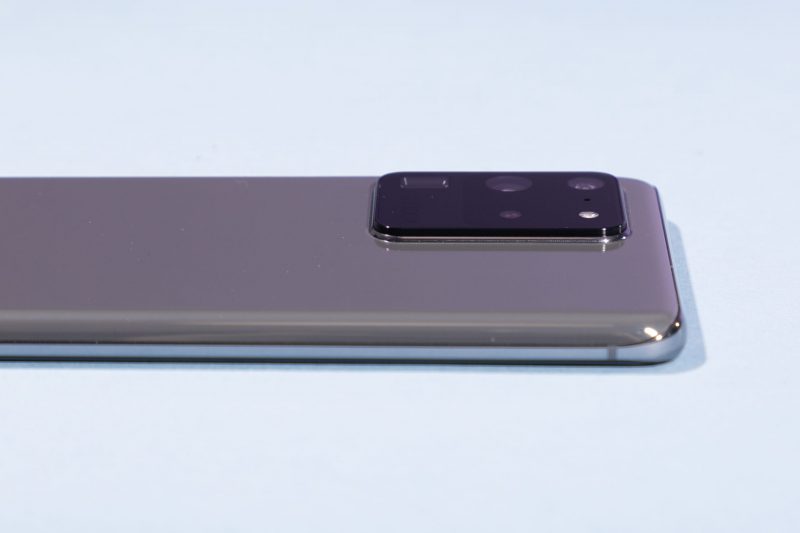
Despite the complaints from reviewers and users alike that smartphones are getting too expensive, Samsung doubled down on high price tags in 2020.
There's no doubt that the Galaxy S20 Ultra is a fantastic smartphone, but it doesn't differentiate itself enough from its cheaper siblings to justify $1,400.
At the same time, it's not like the cheaper siblings are that much cheaper, either. And if you're considering the Galaxy S20 Ultra, I'd imagine the only other alternative would be the $1,200 Galaxy S20 Plus with a large 6.7-inch screen rather than the $1,000 6.2-inch Galaxy S20.
Still, a high price tag isn't an issue if the product justifies it - and I'm torn with the Galaxy S20 Ultra. On one hand, the Galaxy S20 Ultra has two defining features that justifies a higher price tag than its cheaper sibling, the $1,200 Galaxy S20 Plus. Those two features are a larger screen and a larger battery.
On the other hand, it's hard to say that just 0.2 inches of screen size and an 500mAh of battery size is really worth an extra $200.
The Galaxy S20 Ultra does offer a few more things over the Galaxy S20 Plus, including a 108-megapixel camera versus the 12-megapixel camera. But, for the average person, even one who appreciates tech and photography, I can't say that's worth an extra $200, either.
What about 5G?
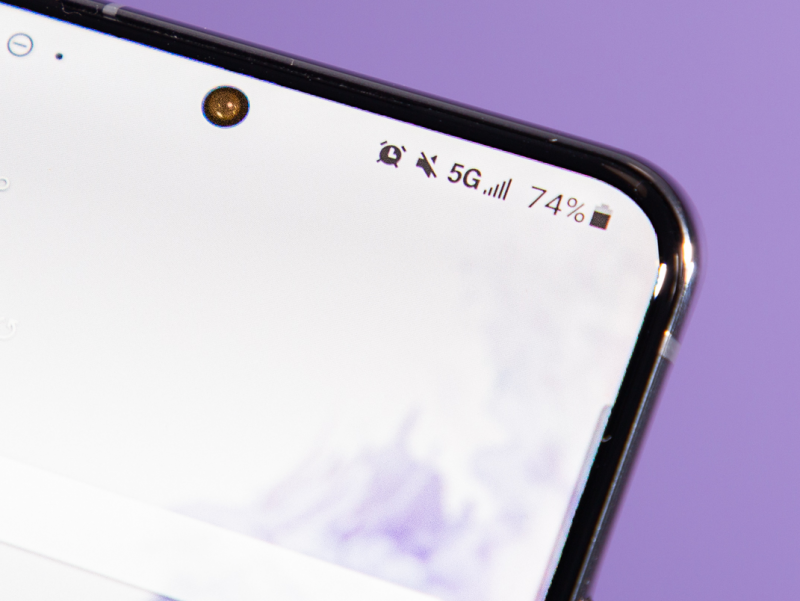
At the moment, 5G shouldn't be a massive selling point for the Galaxy S20 Ultra, which supports low-band, mid-band, and the fastest high-band versions of 5G.
5G connectivity isn't something that differentiates the S20 Ultra from the S20 Plus - both phones support the three main 5G bands. It only differentiates against the regular Galaxy S20, which doesn't support the fastest high-band 5G.
With that said, fast high-band 5G networks are sparse, and it's unlikely to be the primary network that most people will be connecting to. 5G coverage, namely high-band coverage, will surely improve over time, but it's more of a novelty at the moment.
Rather, more people are likely to connect to long-range low-band 5G networks that are slower, but have significantly more coverage. And at the time of writing, only T-Mobile has a wide-reaching low-band 5G network, which means T-Mobile customers will have the highest chance of connecting to a 5G network when the Galaxy S20 is fully released.
Unfortunately, I didn't experience much of a difference from regular 4G LTE when I was checking out T-Mobile's long-range 5G network.
All in all, upgrading to the Galaxy S20 Ultra - and any of the S20 models, for that matter - for 5G will probably lead to disappointment. At least, that's going to be the case until 5G networks are more fully fleshed out and available. And a lot of that hinges on cellular carriers.
